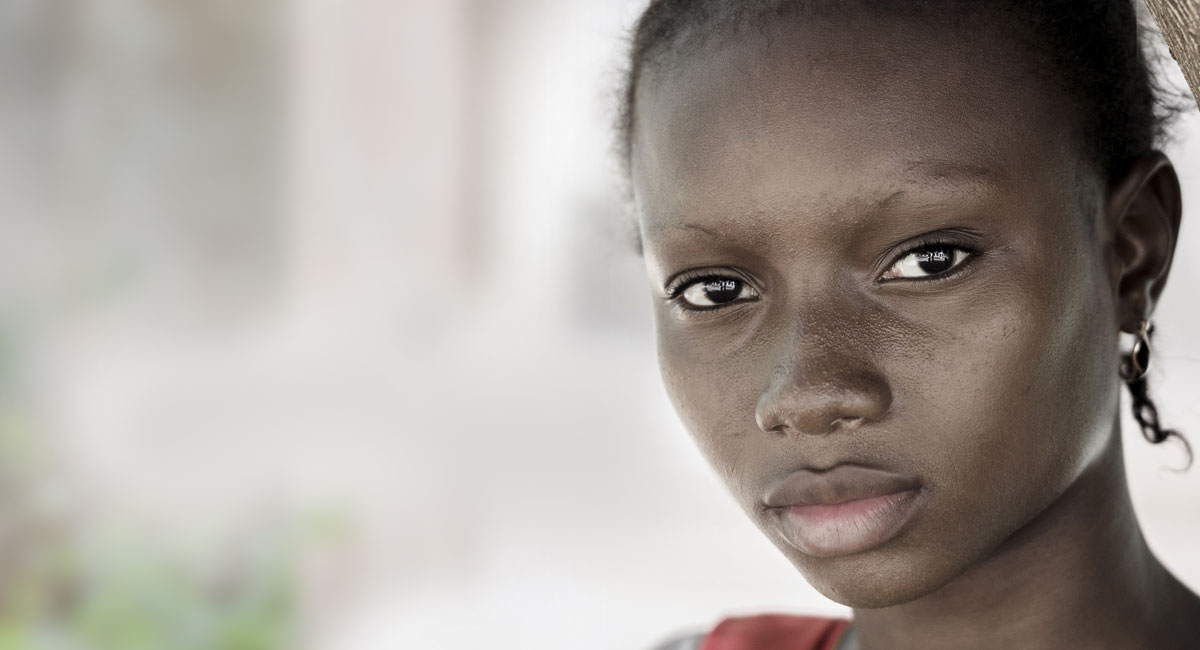- About
- Topics
- Picks
- Audio
- Story
- In-Depth
- Opinion
- News
- Donate
- Signup for our newsletterOur Editors' Best Picks.Send
Read, Debate: Engage.
| April 21, 2015 | |
|---|---|
| topic: | Child rights |
| tags: | #Akshay Tritiya, #child marriage, #Hindu, #India, #Unicef Child Marriage Information Sheet |
| located: | India |
| by: | Shuriah Niazi |
While India may have been successful in stamping out diseases like polio, small pox and leprosy, it has been able to achieve only limited success as far as eliminating the scourge of child marriage is concerned. There are more than 4,50,000 children in India who have lost their spouses after a child marriage.
The 15-year-old girl Bhanu*, resident of Ajmer district in northern state of Rajasthan, is a student but is unable to focus on her studies because she is more concerned about her marriage - she has a pending case in a family court in the district of Jodhpur. The Jodhpur-based NGO Sarthi Trust supports Bhanu’s fight. Kriti Bharti of the trust explains why: “In 2012, Bhanu's paternal grandparents got her married with a 55-year-old man without even informing her parents. In return, they got Rs 200,000 (about $ 3,400)." Bhanu’s family is now trying to get the illegal marriage dissolved with the help of the Sarthi Trust. However, it is an uphill task for them.
In 2013, they approached the court to have the marriage annulled. But the legal process was too cumbersome and lengthy. Bhanu was so frustrated that in December 2014 she tried to take her life. The court agreed to hold daily hearings after representations were made to the President and the Prime Minister in this regard. It is hoped the case will now be concluded quickly.
“Even after the promulgation of Prohibition of Child Marriage Act 2006, many states, including Rajasthan, have not implemented enabling provisions of the Act to stop child marriages. In such a scenario, courts deal with cases related to the annulment of child marriage as ordinary divorce cases. This is very torturous for the female victims of underage weddings as the case lingers for years,” says Bharti.
The Trust has stopped nearly 750 proposed child marriages in Rajasthan through timely intervention.
While Bhanu in Rajasthan tried to commit suicide, another victim of an underage wedding, Aarti* in Madhya Pradesh’s Damoh district, took a bold measure that took everyone by surprise. The wedding of Aarti, a minor, was scheduled for April 2013. Aarti, who had lost her father few years back, approached the district administration when she failed to convince her relatives. “The girl had submitted the proof of her date of birth," says Krishna Verma, an employee of Madhya Pradesh Child Development Department. "The government officials reached the village along with the police force. When they failed to convince Aarti’s kin, they took legal action to stop the girl’s marriage.”
However, Aarti’s action estranged her and her mother from her family and they were forced to leave the village. When Aarti attained the age of 18, her maternal uncle had her married with the same boy whose marriage proposal she had turned down when she was a minor.
“The figures of India's 2011 Census show that 12.1 million underage persons were already married in India at that time," says Sachin Jai, convener of the NGO Vikas Samvad.
However, only a few hundred cases of child marriage are reported every year to the police from all over the country. "This proves most cases go unreported and about 99 per cent of child marriages take place surreptitiously,” so Sachin Jai.
The Federal Ministry of Women and Child Development formulated a national policy in this regard and admitted that there has been a decline of only 11 percent in the number of child marriages in the country in the past 15 years. Meanwhile, those solemnizing the weddings of their underage children have devised ways to circumvent the law and hoodwink the authorities. One result: Now most child marriages don’t take place on "Akshay Tritiya", an auspicious day for Hindus which falls on April 22, but which is now targeted by authorities as an important day for hunting down and stopping these marriages. However sometimes the authorities are misled: the wedding preparations may take place in one house while the actual wedding takes place silently at some other place, allowing the marriage to pass without trouble.
The consequences of child marriages are not only illegal and take the girl's future away. Child marriage is both a response to deprivation and a harmful practice that keeps families ensnared in poverty. Married children are generally isolated – removed from their immediate families, taken out of school and denied interaction with their peers and communities. According to the Unicef Child Marriage Information Sheet, for girls, early pregnancy leads to higher risks, including death during delivery, jeopardizing the health of these young mothers and their babies.
*Names changed to hide identity
Photo: Children Reading Pratham Books and Akshara. Licensed under CC BY 2.0 über Wikimedia Commons
More information
TOO YOUNG TO WED is an art exhibition featuring photography by Stephanie Sinclair and video by Jessica Dimmock. The show highlights the personal narratives of girls from Afghanistan, Ethiopia, India, Nepal and Yemen.
By copying the embed code below, you agree to adhere to our republishing guidelines.
